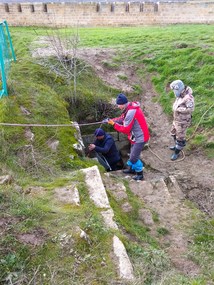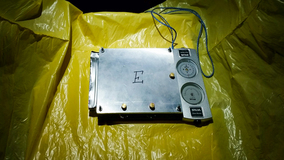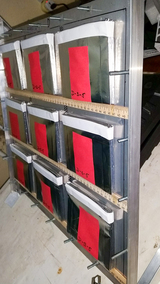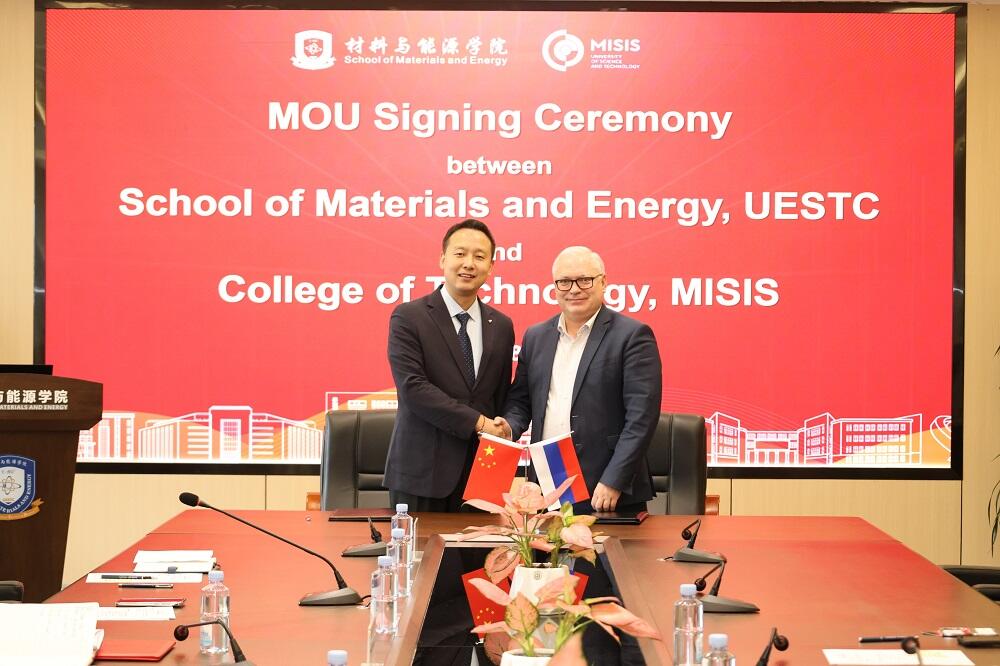NUST MISIS scientists, in collaboration with colleagues from both the P.N. Lebedev Physical Institute of the Russian Academy of Sciences and Dagestan State University, have conducted an experiment with the help of muon radiography method (a modern method of scanning the internal structure of substances) that could turn out to be substantial. The research group non-invasively scanned the hidden space underground the northwestern part of the Naryn-Kala fortress (Derbent). The team is currently processing the information from the sensors.
The
Not all archeologists agree with the last interpretation. It is difficult to settle their dispute with traditional methods because the Naryn-Kala fortress is a UNESCO cultural heritage site. It is not clear how the walls of the building, which have been exposed to water for quite long, will act when taken from the ground.
“A group of scientists led by Professor Natalya Polukhina, a leading expert at NUST MISIS, and including researchers from the P.N. Lebedev Physical Institute of the Russian Academy of Sciences, has applied the method of muon radiography to an ancient structure located in the territory of the Derbent Naryn-Kala fortress. The method allows us to ‘illuminate’ object with a size of a few meters to two kilometers. Professor Polukhina, who is one of the world`s greatest specialists in this method, is now supervising the installation of muon sensors in the new SHiP experiment on the Large Hadron Collider, in which NUST MISIS is participating jointly with 40 world leading universities”, said Alevtina Chernikova, Rector of NUST MISIS.
The muon radiography method has already proven its effectiveness — with its help researchers have already found a hidden room in the Pyramid of Cheops.
The so-called track detectors, which can not only illuminate the muons falling on them but also determine the direction of their movement with high accuracy, have been developed based on muon sensors. By deciphering the readings from these sensors it is possible to make a three-dimensional image of a variety of objects. By piecing these individual scans together, a finished product map of mountains and caves would be incredibly accurate. The scans can also determine the boundaries of different rocks and their density.
The essence of the muon radiography method is to fix the muon flux density. Muons are unstable elementary particles with a negative electric charge that are born in dense layers of the atmosphere due to the decay of protons flying from space. Muons “die” quickly, managing, however, to go through the whole atmosphere of the earth during their life (10 thousand muons reach every square meter of the Earth’s surface every minute), and even to reach 8.5 kilometers under water or 2 kilometers into the Earth’s crust.
The denser the substance—the faster the flow of muons (and the faster they weaken and die as well). Therefore, if we put a solid object between the “space” and the detector, then the detector will eventually reveal the object’s silhouette. If there are cavities in the object, they will also become visible as muons flying through them overcome a smaller layer of mass.
The preliminary analysis of the fortress conducted by specialists on topographic maps from NUST MISIS and the P.N. Lebedev Physical Institute of the Russian Academy of Sciences allows researchers to suggest that in this case, the technique is effective — the sensors can be located to completely scan the object. In addition, the density of the stone and the surrounding rock is more than 5%, which will also allow researchers to distinguish the exterior of the building.





